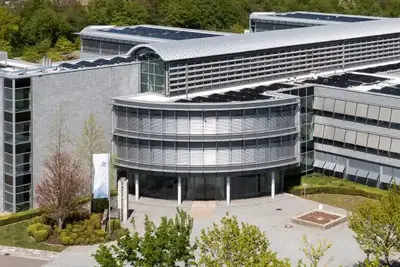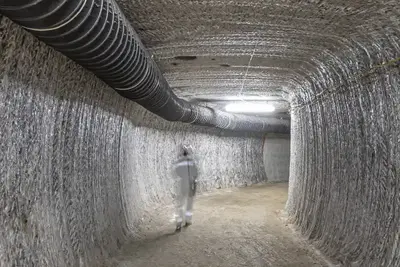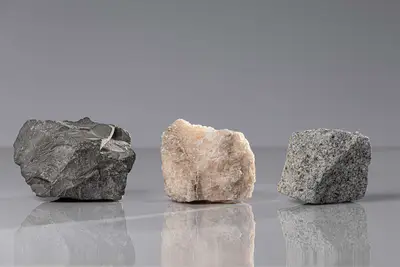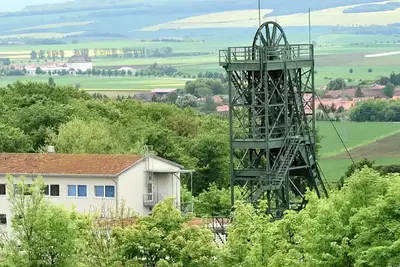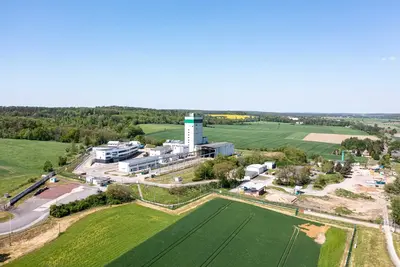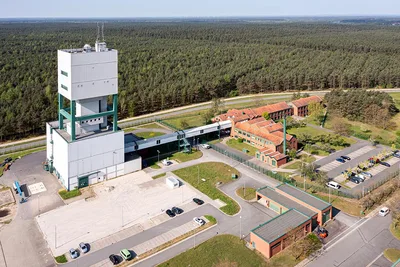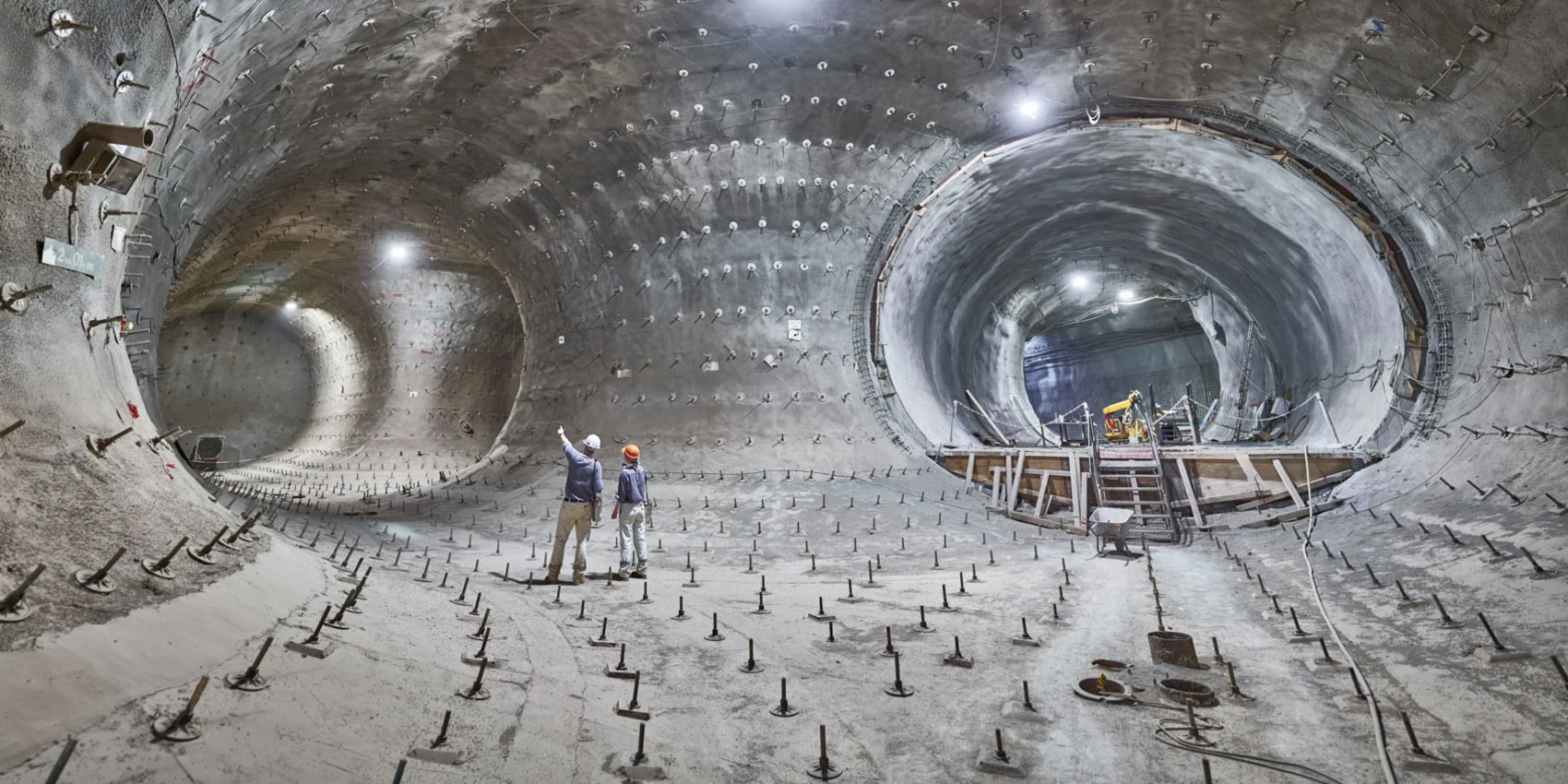
Wir machen die sichere Endlagerung
radioaktiver Abfälle möglich.
Aktuelle Meldungen
Einblicke
Neues Einblicke-Magazin

Das Magazin „Einblicke“ beleuchtet die Projekte der BGE aus unterschiedlichen Perspektiven und leistet so einen Beitrag zur gesellschaftlichen Diskussion rund um das Thema Endlagerung radioaktiver Abfälle. Das Magazin wird von der BGE herausgegeben, die Beiträge werden von Journalist*innen verfasst. In der aktuellen Ausgabe des Einblicke-Magazins geht es um das Thema Zeit.
Magazin abonnieren! Blick ins Magazin
